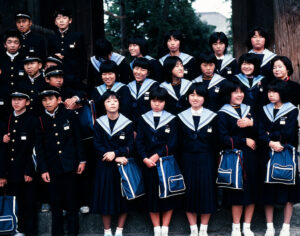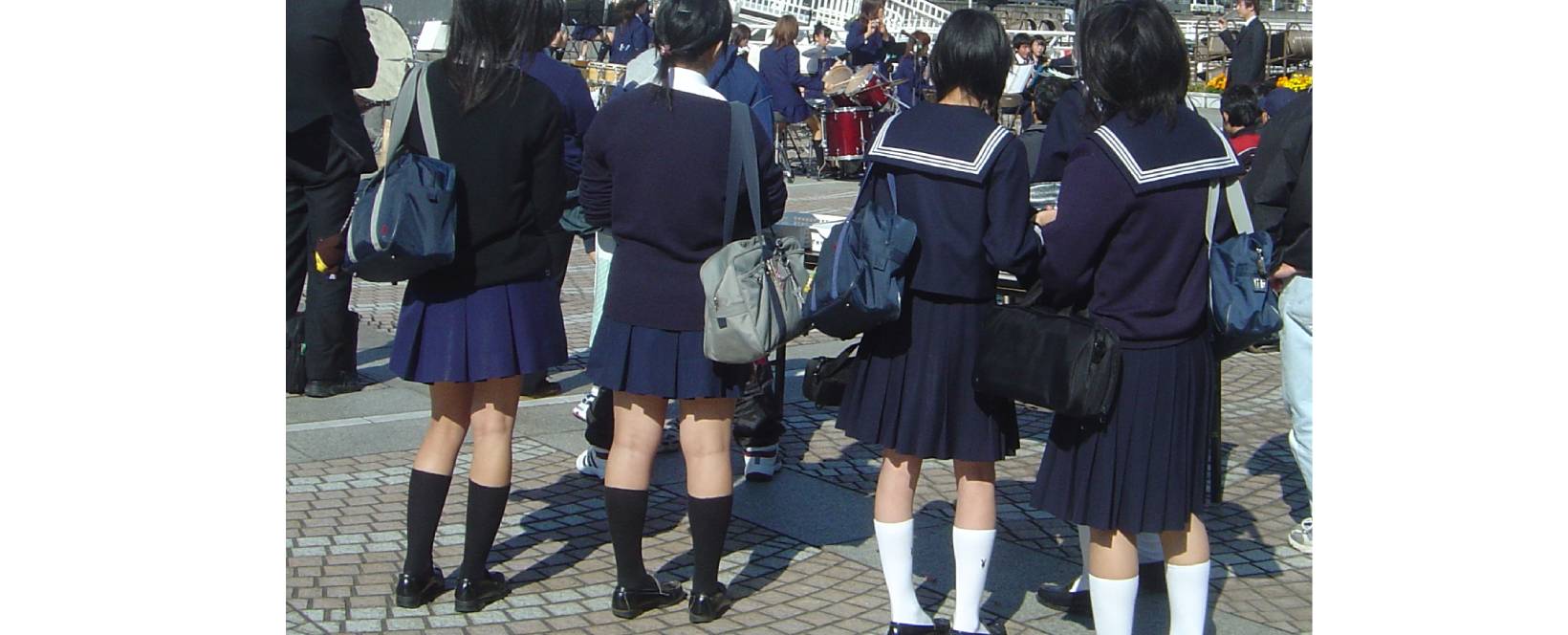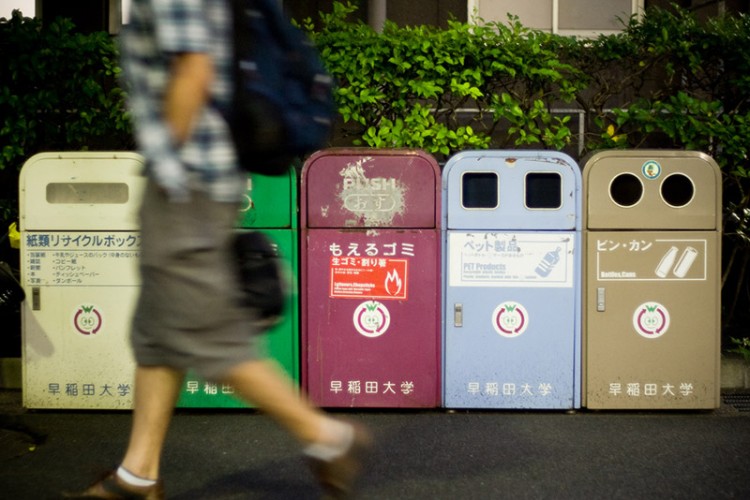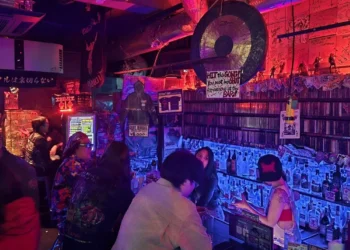No products in the cart.
Exploring the Evolution of Japanese High School Uniforms
Introduction:
Japanese high school uniforms, seen in anime and movies, reflect a rich history tied to the nation’s cultural changes. Originating in the late 19th century during the Meiji era, these uniforms have transformed, showcasing shifts in society, fashion, and education.
Late 19th Century: Birth of School Uniforms
Meiji era (1868–1912) modernization led to school uniforms symbolizing equality and discipline. Influenced by military attire, early designs emphasized order and unity.
Early to Mid-20th Century: Military Influences Persist
The early 20th century maintained militaristic influences, featuring high-collared jackets and brass buttons. Reflecting wartime politics, discipline and conformity remained paramount.
Post-War Era: Western Influences and Gender Distinctions
Post-World War II, cultural shifts prompted a departure from military styles. Girls embraced sailor-style collars and pleated skirts, while boys retained militaristic elements with blazers and trousers.
1960s–1970s: Fashion and Identity Expression
The 1960s–1970s saw a shift to diverse styles within uniform regulations. Experimentation with lengths, colors, and accessories allowed students to express individuality.

1980s–1990s: Standardization and Simplification
Amid 1980s economic prosperity, uniform design simplified for ease of maintenance. Standardized designs with minimalistic features became widespread.
Contemporary Era: Customization and Cultural Impact
Recent years witnessed a resurgence of interest in customized uniforms, offering students choices in styles and colors. The iconic sailor-style uniforms gained prominence in pop culture, featured in anime, manga, and films.
Conclusion: Symbol of Tradition and Change
Japanese high school uniforms symbolize tradition and evolving societal dynamics. As students navigate education, these uniforms narrate a tale of cultural transformation, representing both institutional identity and Japan’s changing cultural landscape.










